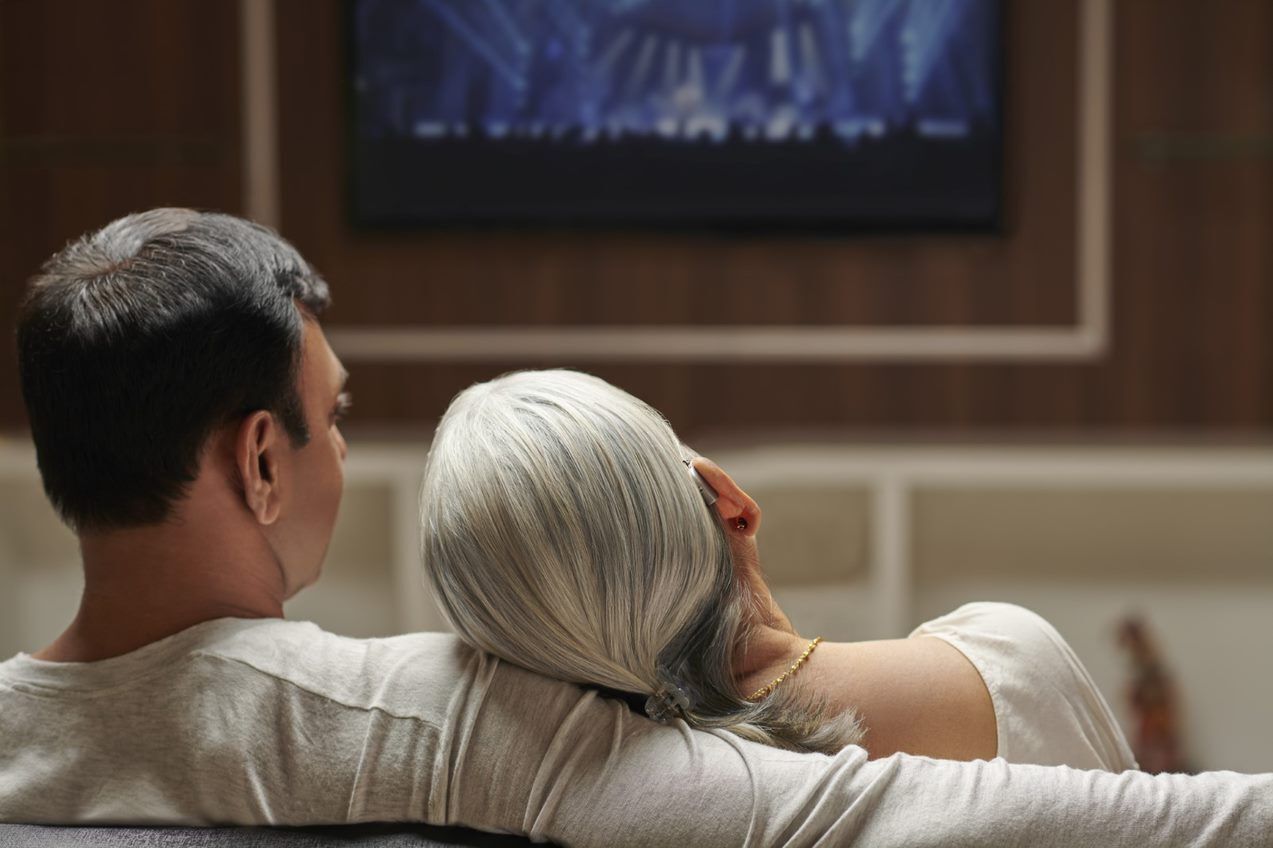

In this article, learn all there is to know about lumps behind the ear. If you'd like to find out more about your hearing health, please consult a hearing care professional at Amplifon. If you think your hearing ability has been impaired, you can take an online hearing test to check for hearing loss.
In most cases, lumps behind the ears are harmless. However, it is always best to get a proper diagnosis and visit a doctor for a physical examination and, if necessary, seek treatment. You should follow-up with your doctor when:

Behind the ear there is not only skin, there is also the mastoid bone. A lump behind the ear can be a symptom of mastoiditis, especially when the swelling appears in children. This inflammatory condition triggers general malaise, ear discomfort, fever, secretions, headache and redness of the ear.
Mastoiditis can be caused by several factors. The most common is an infection of the middle ear, which can only be treated with antibiotics. If you feel a lump behind your ear, make sure to visit a doctor promptly to properly diagnose your condition and advise you on the best treatment.
Epidermal or sebaceous cysts are generally circular and elastic cysts that surface on the skin and often have a pimple in their central part. To distinguish these cysts from adenopathies, specialists examine it to see if the skin slides over the cyst. If this is not the case and the skin moves together with the cyst, it is called a sebaceous gland cyst.
The epidermal cyst can vary in size by several centimetres. Most often, these cysts cannot be treated topically as they do not respond to oral medications or creams and they can be treated surgically under the following circumstances:
In many cases,these sebaceous cysts are asymptomatic and no intervention is needed; you just need to check them from time to time to see how they develop. They can change or decrease in size, but since they are encapsulated glands, they often grow back over time.
Lumps behind the ear can also be swollen lymph nodes, also known as adenopathies. People can check whether their lymph nodes are swollen by checking if:
Lymphadenopathy does not usually occur in isolation. If the lump is related to the ganglion, it is often accompanied by other same ones in the area. These lumps may be swollen as a result of an old infection that the patient either suffered in childhood or in their early years, causing them to become hypertrophic. Swollen lymph nodes on average measure about half a centimetre. However, if these swollen nodes are a result of an infection in the scalp, such as folliculitis or parasitism (lice on the scalp), they may reach more than 1 cm, be sensitive to the touch and appear red. Swollen lymph nodes are the signal that the body is fighting an infection. Once the infection disappears, so will the lymph nodes.
It can be quite tricky to distinguish lipomas from an epidermal cyst as both can surface in any area where there is fatty tissue. People who suffer from this condition are most often between the ages of forty and sixty.
These fat pads are usually large and benign. They have no defined outline, they feel soft to the touch and can be easily moved when pressed. If they cause discomfort and pain, it is best to have them surgically removed. Lipomas an also be removed through liposuction using a large syringe and needle.
Acne bumps and bruises behind the ears may appear black, white or reddish and may surface on the face, neck or back, among other places. A condition triggered by the accumulation of excessive oil in the pores of the skin brought on by stress, hormonal changes and as a side effect to some medications. It is a relatively harmless condition that can become infected easily.
When seeking treatment for acne, it is important to see a dermatologist as they will assess your case and prescribe the most suitable treatment.
Lumps require surgery when:
In most cases, lumps behind the ear do not trigger any of these symptoms, so surgeries are usually not necessary. However, it is best to keep a close eye on how these sebaceous glands are developing. From time to time, they may change in size, however, over time, they will grow back as encapsulated glands.
Apple cider vinegar contains acetic acid, a substance that can help fight infections and bacteria, thanks to its antibacterial and antiseptic properties. However, it is important to remember that it is still an acid. So if you have sensitive skin or a wound, it may cause irritation. In this case, we recommend that you opt for another treatment.
How it works:

Do you think your hearing might be impaired? Then check your hearing with the Amplifon hearing test. It takes only 3 minutes and is free of charge. In the next step, you can get advice from a hearing expert at one of Amplifon's clinics in Australia.
Learn more on how your hearing works, thanks to our experts contents. You can also have a look at our blog, with our lates news.